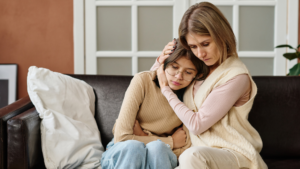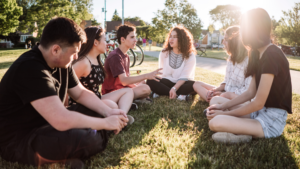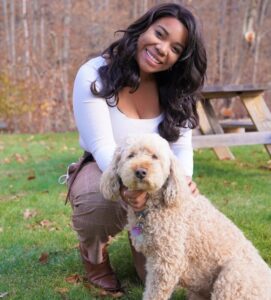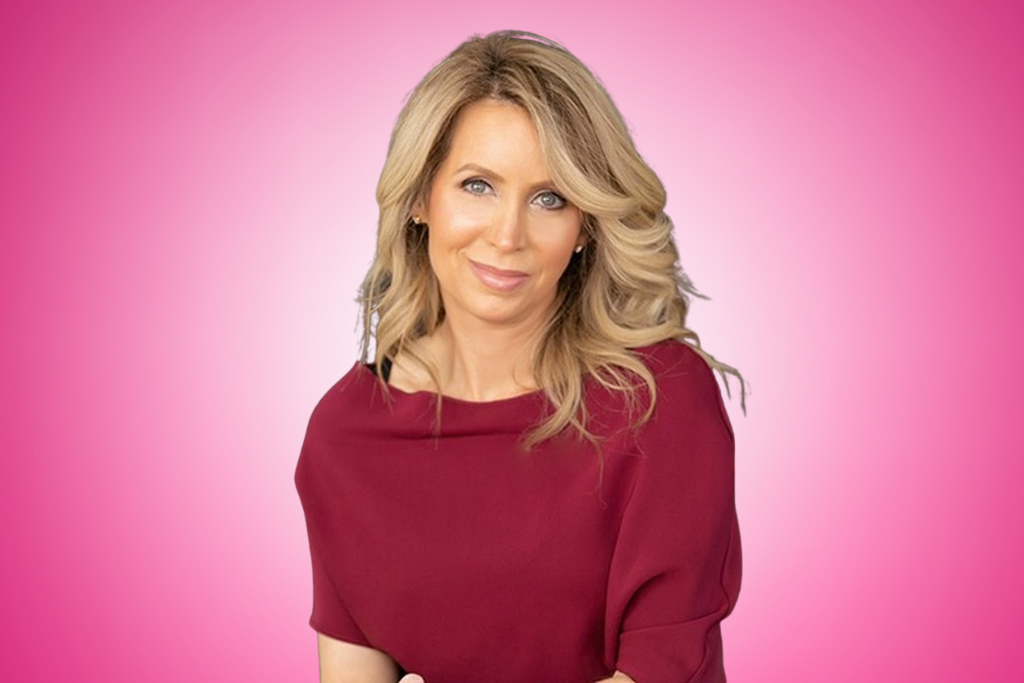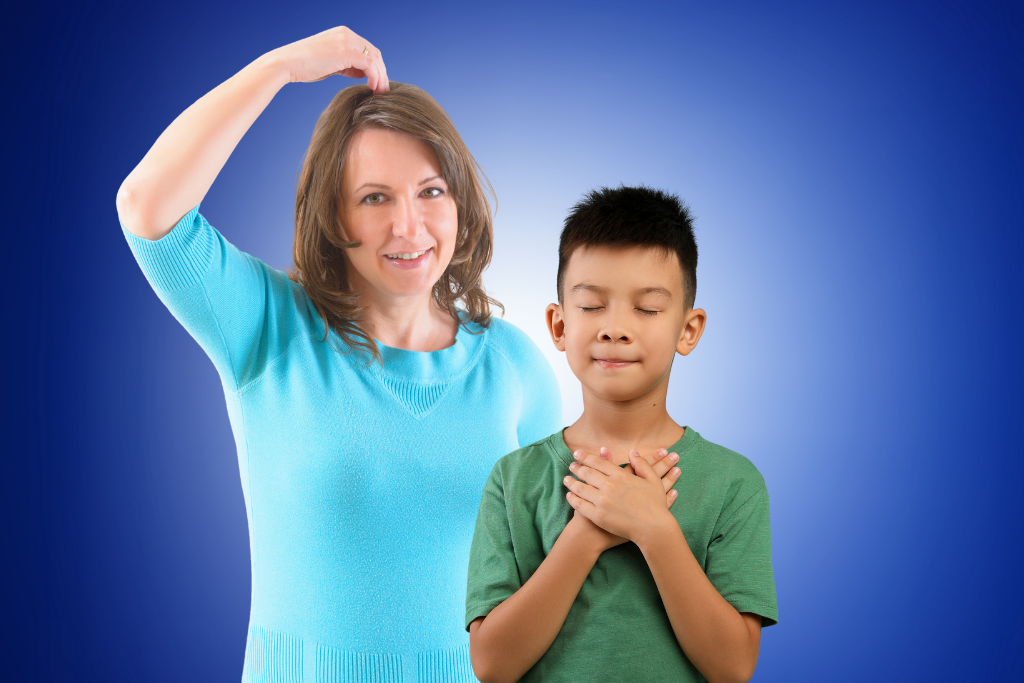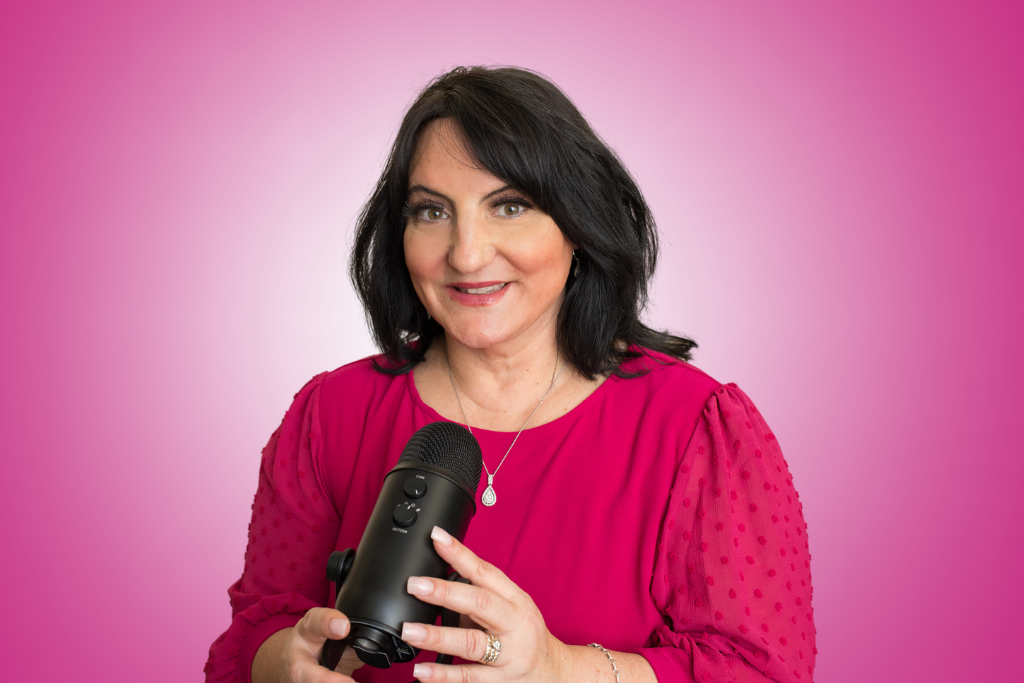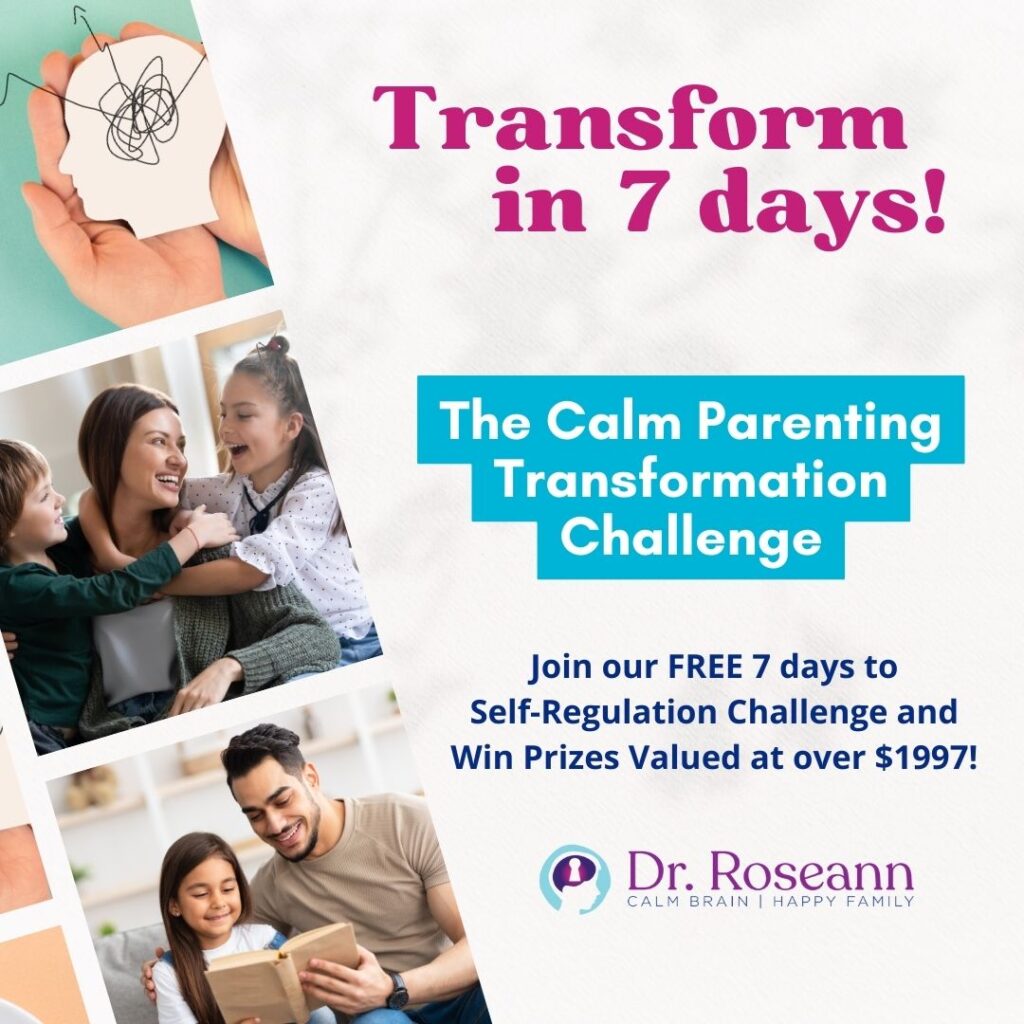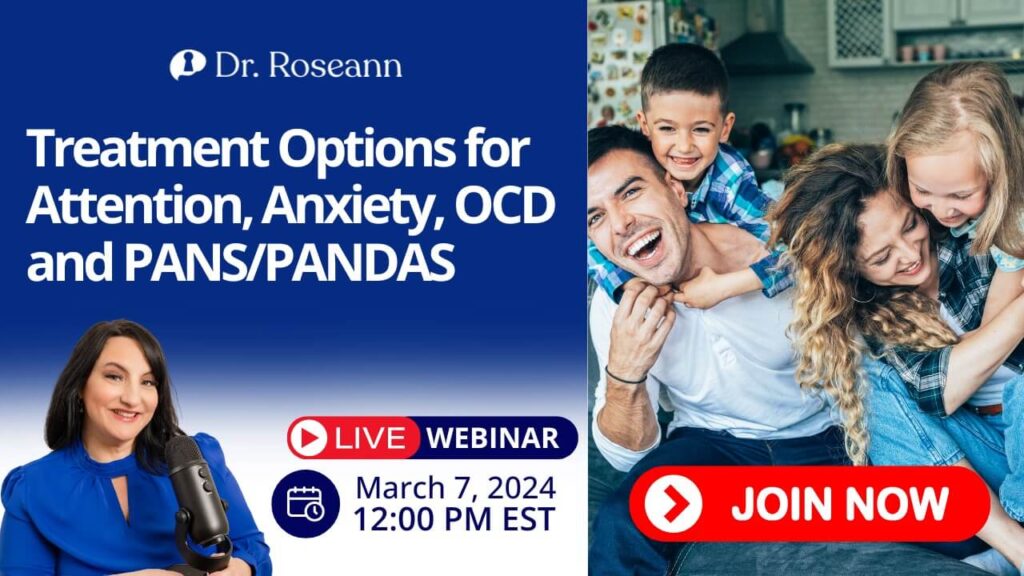Anxiety Treatment
What is Anxiety?
Anxiety can result from everyday stress that interferes with one’s daily functioning. Some people show physical signs of anxiety, such as teeth grinding, headaches, or stomach pain, while others may have internal types of anxiety, such as obsessive thinking, compulsions, worry, or irrational fears.
Ongoing stress and anxiety impacts how our body and brain functions, which results in abnormal brain wave functioning.
Worry, uneasiness, and nervousness are all symptoms of anxiety. If children fear something too much or are worried about a certain event all the time that interferes with their daily functions, then they may be dealing with clinical anxiety.
The nervous system may be kept in a heightened state of fight, flight, or freeze due to compound stressors. When the nervous system is triggered by a combination of environmental, sensory, emotional, and physical stimulation, anxiety develops. As a result, children or teens will become uneasy physically and emotionally.
Some children and teens are aware of their triggers, but others aren't. Either way, anxiety can be very uncomfortable when activated.
clinical guide:
Clinical Guide: Anxiety
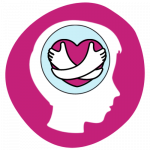
If children fear something too much or are worried about a certain event all the time that interferes with their daily functions, then they may be dealing with clinical anxiety.
In clinical anxiety, negative or worrying thoughts and fears exceed what is normal and interfere with a child or teen’s day-to-day functioning. When overwhelmed, anxiety can cause kids and teens to focus on their fears and worries instead of being present and productive.
CASE STUDY:
Case Study:
Anxiety

8-year old girl diagnosed with Generalized Anxiety Disorder
Jordan is a 8-year old girl with a history of separation anxiety and anxiety-related stomach aches and sleep problems. Her birth was positive for fetal distress due to the cord wrapped around her neck. She was given oxygen at birth and no reported issues were noted by her parents. Jordan had colic as a baby, which lessened at about eight months of age.

Did You Know?
Anxiety has become the new norm. The average age of Anxiety Disorder is age 6.
What are the Symptoms of Anxiety?
There is a difference between anxiety in children and anxiety in adults. Due to the fact that kids are unable to express their feelings in words, they exhibit more behavioral symptoms than more mature individuals. Most of the physical symptoms of anxiety displayed by children tend to wax and wane at different times.
Emotional and Behavioral Signs of Anxiety
- Excessive worry
- Trouble going or staying asleep
- Frequent nightmares
- Fatigue
- Difficulty concentrating
- Irritability
- Overly sensitive
- Cries easily and frequently
- Emotional lability (up and down emotionally)
- Anger or rage
- Long tantrums or meltdowns
- Lack of self-confidence
- Fearfulness
- Phobias
- Separation anxiety
- Constantly seeks approval
- Rituals, compulsions, obsessions
- Perfectionistic tendencies
- Rigidity
- Negative talk or a tendency to think the worst
- Sensory processing difficulties
- Social avoidance or difficulties
- Attention or focus problems
- Gets distracted by worrying thoughts
- Fear of speaking in public or to strangers
- Low frustration tolerance
- Frequent erasing of work
- Won’t turn in schoolwork
- Test anxiety
- Avoids new experiences
- Says, “No” all the time
- Worries about things in the future
- Hyperverbal looping of worries (e.g., saying “Why did she do that” over and over)
Physical Signs of Anxiety
- Muscle tension
- Difficulty relaxing
- Physical pain
- Headaches
- Stomach aches
- Red face in social situations
- Hives or skin conditions (unexplained)
- Hair loss (unexplained)
- Excessive sweating
- Holding of bladder or bowels
- Frequent urination
- Hyperactive behavior
- Sleep problems
Our Science-backed Solutions
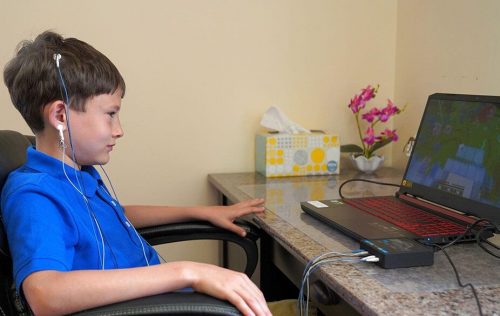
How can Neurofeedback help?
Individuals with anxiety often display overactivity in their brain wave functioning. They are especially prone to overthinking or repetitive thinking that results in a looping pattern in brain wave functioning (hyper coherence). Neurofeedback reduces these overactive brain waves to help retrain the brain and therefore reduce anxious symptoms.

How can Biofeedback help?
For those with anxiety, their entire nervous system is overstimulated. This heightened arousal state can produce physical and emotional symptoms. Biofeedback is designed to help the Central Nervous System (CNS) to calm down so one can self-regulate. One is therefore more in control of their CNS and not as easily flooded with stress, anxiety, and emotions.
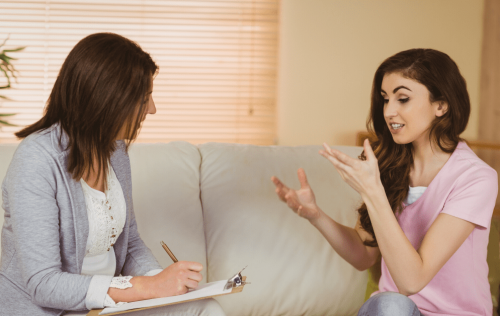
How can counseling help?
We bridge neuroscience with clinically proven and effective, holistic therapies. Research has shown that some individuals with heightened levels of anxiety may not be as responsive to traditional talk therapy. We combine traditional talk therapy with effective techniques that more directly impact the subconscious, such as, EFT/Tapping, hypnosis, somatic therapy, play therapy, art therapy, etc.
Latest Blog on Anxiety
Latest Podcast on Anxiety
Why Dr. Roseann for Anxiety?
Dr. Roseann is a Psychologist who works with children, adults and families from all over the US supporting them with research based and holistic therapies that are bridged with neuroscience.
Dr. Roseann is a Board Certified Neurofeedback (BCN) Practitioner and is a Board Member of the Northeast Region Biofeedback Society (NRBS) and Epidemic Answers.
She is also a member of the International Society for Neurofeedback and Research (ISNR) and The Association of Applied Psychophysiology and Biofeedback (AAPB).
Here’s What Children and Families Are Saying About Working With Us!

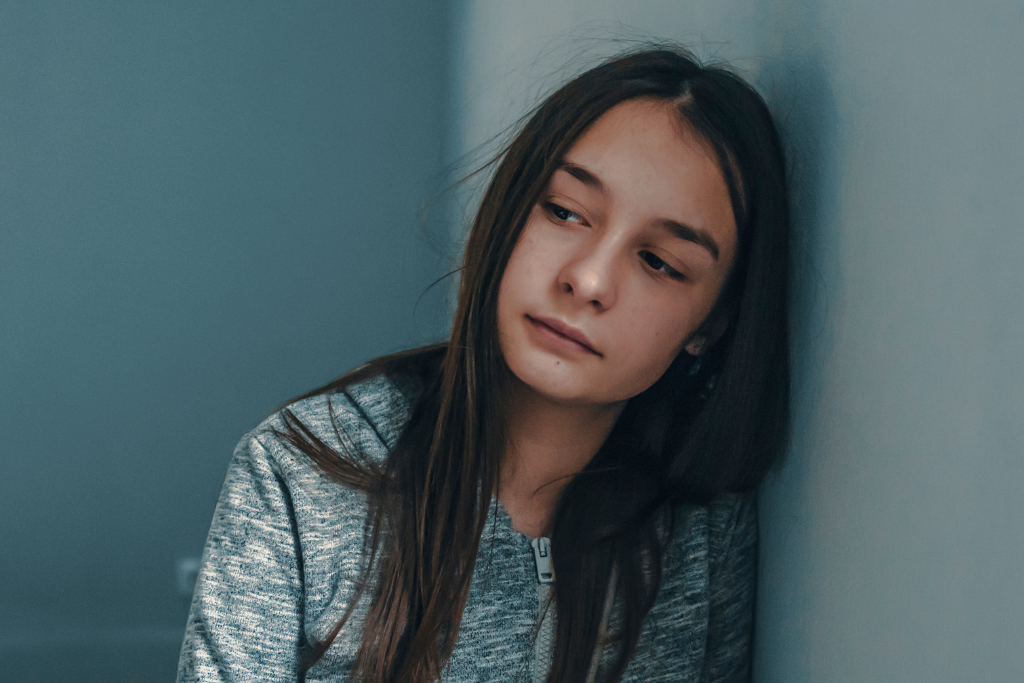
Need help with ANXIETY for your child and family?
We’ve helped over 10,000+ children, teens, and young adults find relief, calm the brain, and lead healthy lives. If you’re worried that your current path is not getting to the bottom of the issues…all you need to do is fill out our solution matcher. We’ll let you know which of our solutions is right for your child and family.

